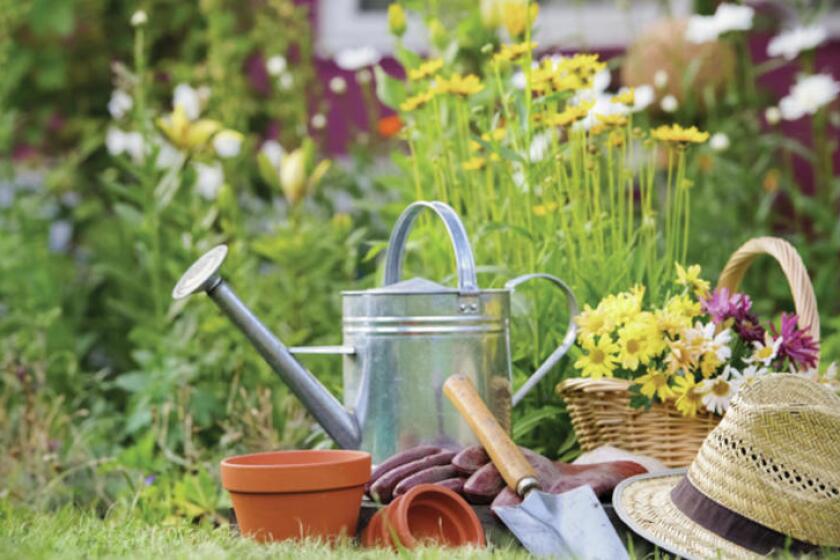As gardeners in northern Minnesota, we know the value of making every square foot count. With our shorter growing season and often limited garden space, vertical gardening — especially trellising — is one of the smartest strategies to increase yield, improve plant health, and make harvesting easier.
Whether you're gardening in a raised bed in Bemidji or a backyard plot near Turtle River, trellising can increase your yield.
ADVERTISEMENT
Why trellis? Using trellises isn’t just for looks — it offers real benefits, including maximizing space by growing plants upward instead of outward and improving air circulation, thereby reducing mold and disease.
Getting your produce off the ground by trellising also eases harvesting; no more bending or digging through foliage. Some pesky critters may not be able to reach your produce, leaving it for you to enjoy. Using a trellis can also reduce spoilage by being suspended and not lying on the moist surfaces of the garden.
What are good crops to trellis? Some of the obvious ones are pole beans and peas. A tepee-type trellis works well with strings or netting to encourage climbing up the trellis. A fence works well to support peas and pole beans as well, if they are about six feet tall.
An A-frame or vertical support for cucumbers keeps fruits clean, healthy and easy to pick.
Trellising tomatoes works well with indeterminate (varieties that continue to grow upwards of eight feet, sometimes more) do best with cages or posts and supported by string.
Here is an extension article mentioning three ways of trellising tomatoes:
The basketweave or Florida weave will be tried by one of my Master Gardener friends this year.
ADVERTISEMENT
In vegetable gardens, slings support hanging fruits like melons and squash on trellises. They prevent the fruit from snapping off due to weight or tension. Slings can be made from materials such as pantyhose, old T-shirts, or mesh bags. Small-fruit varieties like ‘Sugar Baby’ or ‘Delicata’ benefit from this support.
Vining flowers on trellises add beauty to the garden. A few flowers you could try would be nasturtiums, scarlet runner beans or morning glories to attract pollinators. A vining black-eyed Susan plant displays nicely in a pot with a trellising feature as well.
Here are a few trellising tips for you to consider: Install your trellises early, at or before planting, so roots and vines can grow in the right direction. Using strong materials like metal T-posts or cattle panels to withstand northern winds will ensure successful trellising.
You can also use items that are reusable. Think bamboo poles, wood and fencing, which can last several seasons. Pay attention to spacing and avoid crowding your plants to ensure good airflow and healthy plants.
Gardening in northern Minnesota is shaped by our unique climate and growing season. Trellising lets us grow smarter, not just bigger, by using vertical space to improve harvests and reduce disease. A little creativity can take your garden to new heights — literally!
These local garden articles will reach you each week throughout the gardening season, but gardening information can be found year-round by clicking on "Yard and Garden" at the University of Minnesota Extension website, or by visiting our Facebook page at
Local Master Gardeners will respond to questions via voicemail. Call (218) 444-7916, and leave your name, number and question.








